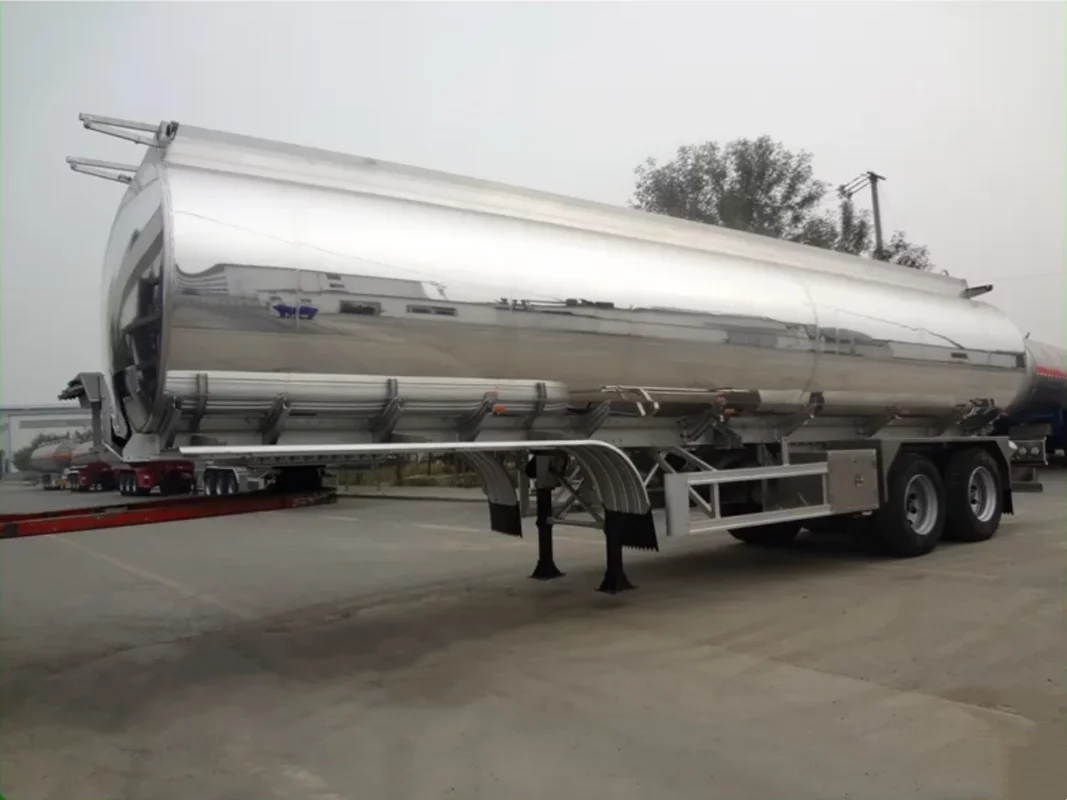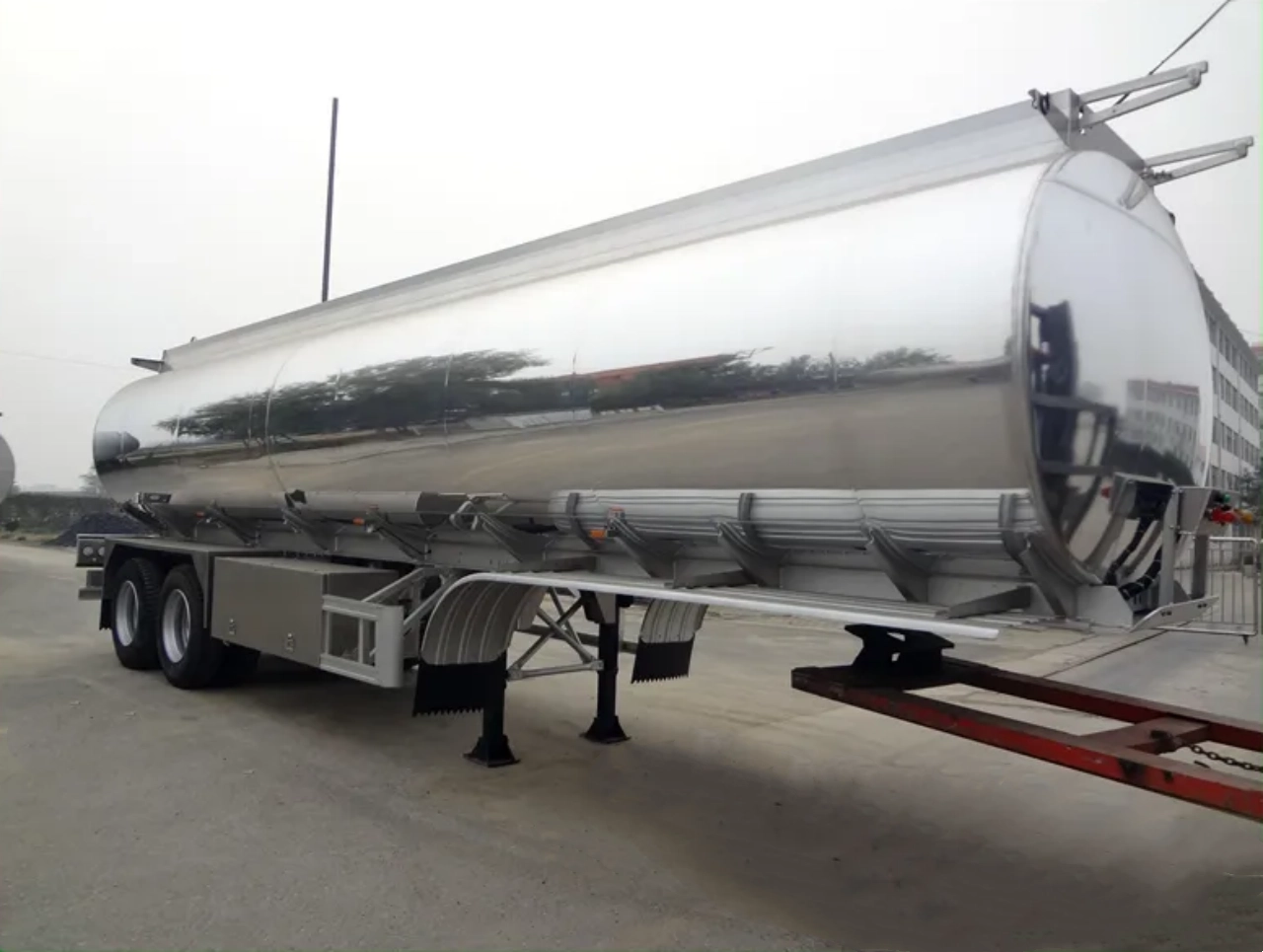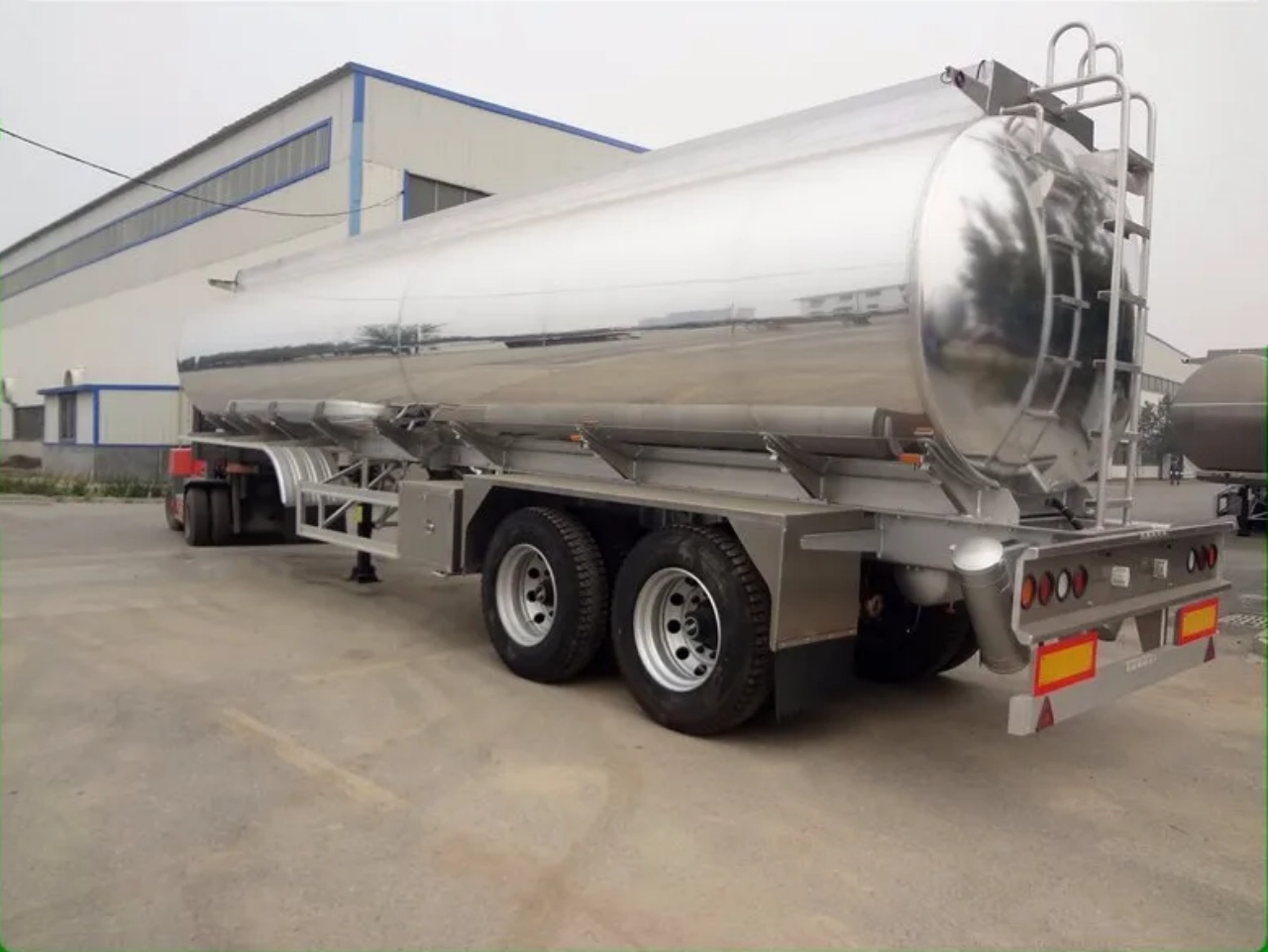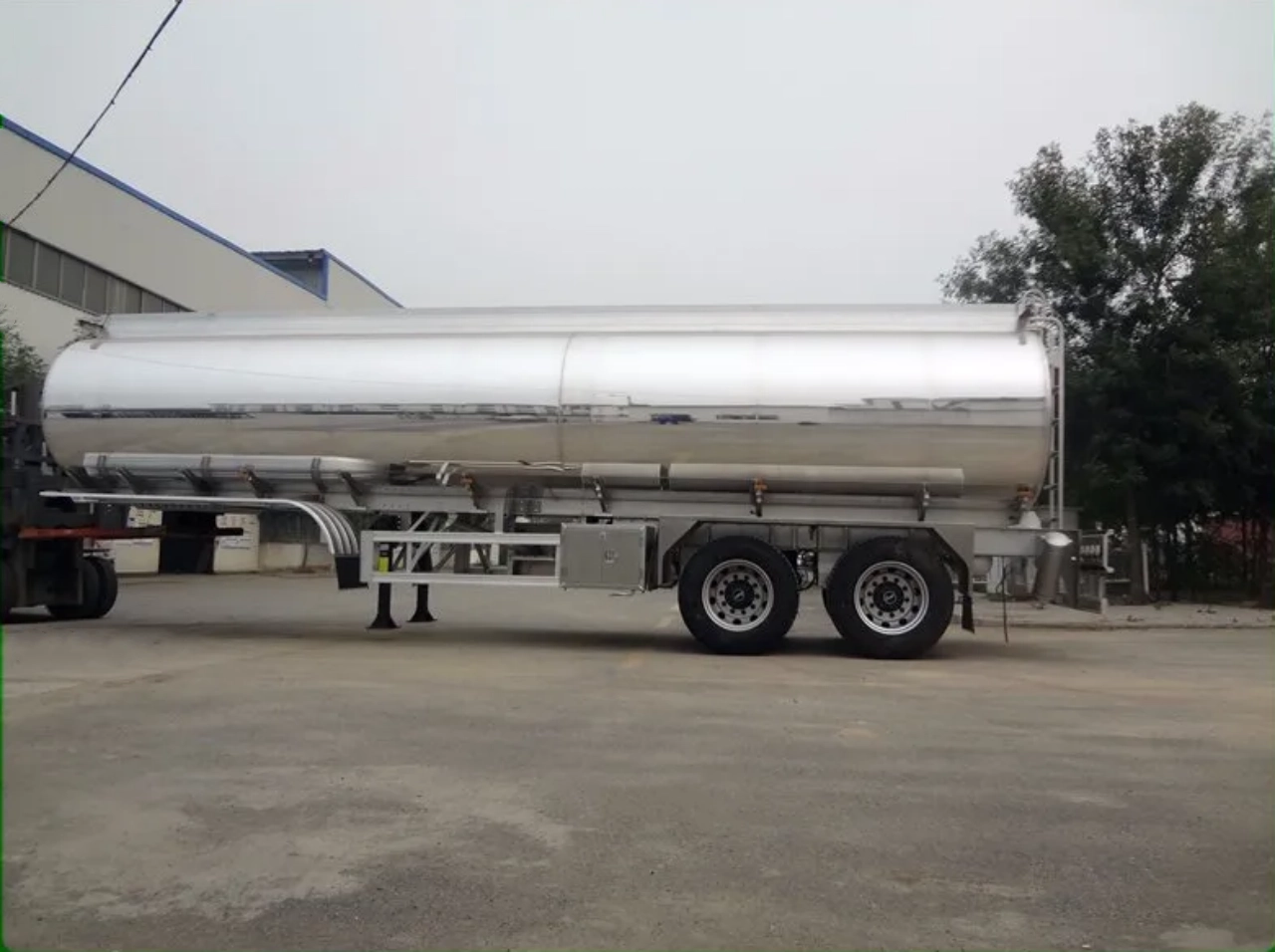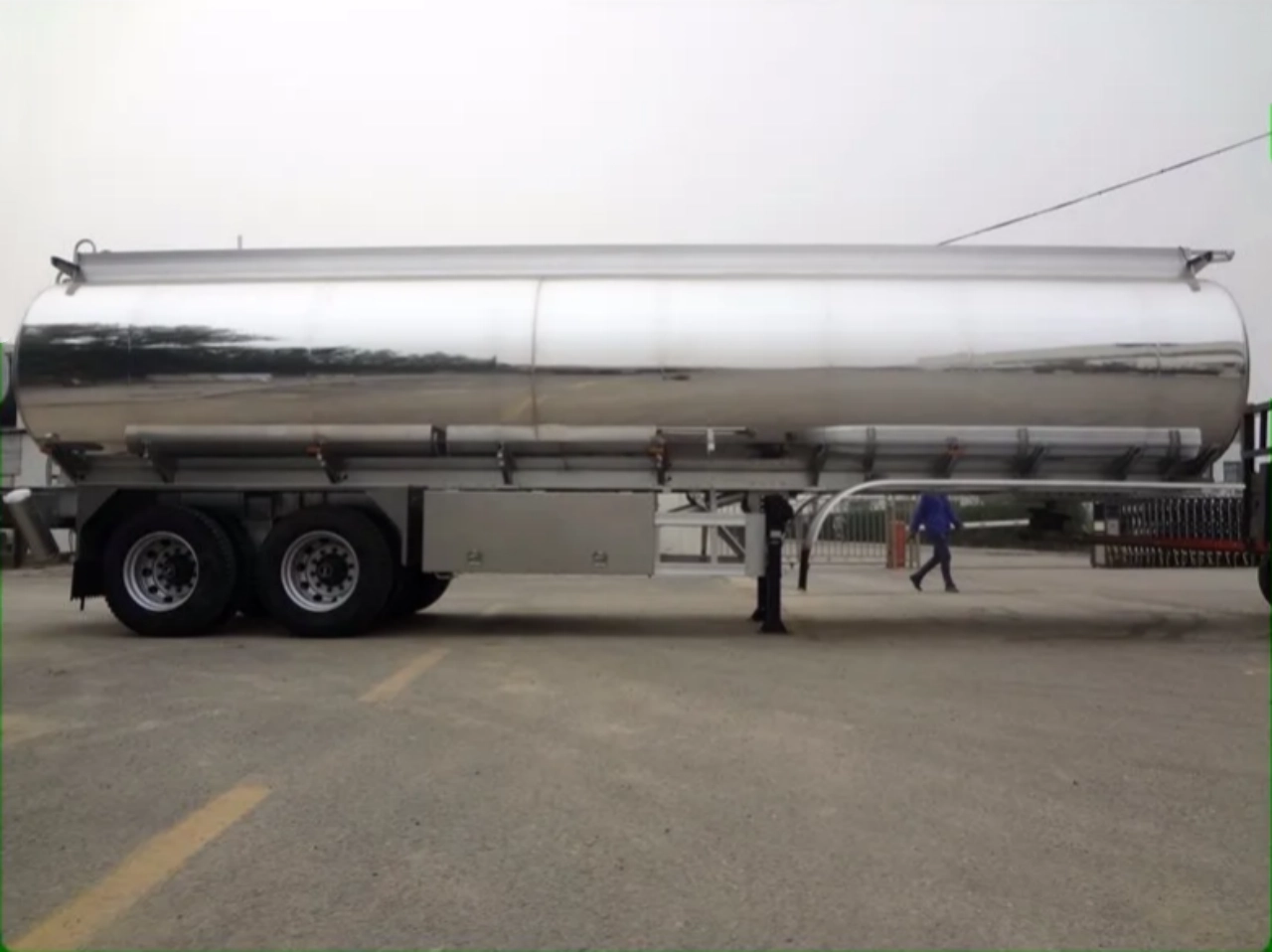In the realm of specialized vehicles, few serve such a critical yet often overlooked role as the Water Buffalo Truck. Commonly used in both military and civilian contexts, this utility vehicle is designed to store, transport, and distribute large quantities of water. Whether delivering potable water to troops in remote combat zones, aiding in firefighting operations, or supplying communities in drought-stricken regions, the water buffalo truck is an unsung hero of logistics and emergency services. But what exactly is a water buffalo truck, how is it built, and where is it used? This article explores the history, design, functionality, and applications of this versatile machine.
Origins and Etymology
The term “Water Buffalo Truck” may sound unusual at first, especially because it blends the image of a rugged animal with a motorized vehicle. Its roots trace back to military slang used by U.S. armed forces, where “buffalo” was colloquially assigned to mobile water tanks, especially trailers. Over time, the phrase evolved to refer to both standalone water tankers and truck-mounted units.
While “water buffalo” originally described water trailers—non-powered tankers towed by trucks or other vehicles—the modern usage has broadened to include self-propelled trucks specifically designed to transport and distribute water. These trucks serve vital roles in environments lacking reliable infrastructure or natural water sources.
Key Components and Design
At its core, a water buffalo truck is built around three essential components:
- Chassis and Powertrain: The vehicle is typically constructed on a durable truck chassis, often with off-road capabilities. In rugged terrains or conflict zones, 4×4 or 6×6 drive configurations are preferred for enhanced mobility. The chassis must be able to support the weight of the full tank and associated pumping equipment.
- Water Tank: Mounted on the rear of the chassis is a large-capacity water tank, usually made from stainless steel, aluminum, polyethylene, or carbon steel coated with anti-corrosive linings. Tank sizes vary significantly, ranging from 500 gallons (1,900 liters) to 5,000 gallons (19,000 liters) or more, depending on the application.
- Pumping and Dispensing System: A key feature of water buffalo trucks is their ability to dispense water on demand. Equipped with onboard pumps, hoses, spigots, and sometimes spray bars, these systems allow the truck to supply water for various needs—whether it’s filling jugs, watering vegetation, or suppressing dust and fires.
Additional components may include filtration systems (for potable water), storage compartments for hoses and tools, and valves for gravity or pressure discharge.
Civilian Applications
Although the term may have originated in military circles, water buffalo trucks now play a crucial role in civilian infrastructure and services. Below are some of the most common uses:
1. Emergency Water Supply
During natural disasters such as hurricanes, earthquakes, or floods, access to clean water can become limited or cut off entirely. Water buffalo trucks are deployed to deliver safe drinking water to affected populations, especially in remote or rural areas.
2. Agricultural Support
Farms without access to irrigation systems often rely on water buffalo trucks to deliver water for crops and livestock. In arid or drought-prone areas, these trucks become indispensable for maintaining productivity.
3. Construction and Dust Control
Construction sites generate significant dust, particularly in dry conditions. Water buffalo trucks equipped with spray bars or misting systems can be used to control dust, improving air quality and visibility.
4. Municipal Services
Municipalities use these trucks for watering roadside vegetation, filling fountains, and cleaning streets. Some are even repurposed for sanitation tasks like flushing sewers or delivering non-potable water for utility work.
5. Event Services
Large outdoor events such as festivals, fairs, and races often require temporary water infrastructure. Water buffalo trucks provide on-site water access for sanitation, cooking, or emergency use.
Military Applications
The water buffalo truck is perhaps most famous for its role in military logistics. In remote deployments or combat zones, the reliable delivery of potable water is a strategic necessity. The U.S. Army, for example, has used versions of these vehicles for decades, such as the M149 Water Trailer, which can be towed behind Humvees or trucks.
Military water buffalo trucks are ruggedized for hostile environments and often feature water purification systems to ensure safe drinking water. They may operate as part of a convoy, supporting troops on the move, or remain stationed at forward operating bases to provide a steady supply.
Specialized Variants
Depending on the mission or industry, water buffalo trucks can be customized with specialized features:
- Potable Water Tankers: Designed with food-grade materials and fittings to deliver safe drinking water.
- Firefighting Water Tenders: Outfitted with high-pressure pumps, spray nozzles, and hoses for extinguishing fires in areas without hydrant access.
- Dust Suppression Units: Equipped with wide spray bars and atomizers for efficient coverage of construction zones or mining roads.
- Water Distribution Trucks: Built with multiple taps and spouts for community water distribution in areas lacking plumbing.
Key Specifications
Though configurations vary, a typical medium-duty water buffalo truck may have the following specs:
- Tank Capacity: 1,000 – 3,000 gallons (3,785 – 11,355 liters)
- Pump Flow Rate: 50 – 300 gallons per minute
- Chassis Type: 4×2, 4×4, or 6×6
- Material: Polyethylene, aluminum, or stainless steel tank
- Discharge Options: Gravity flow, PTO-powered pump, or engine-driven pump
- Accessories: Hose reels, toolboxes, lighting, and filtration units
Larger versions may include baffle plates to reduce sloshing, ensuring safe vehicle operation at high speeds or on uneven terrain.
Regulatory Considerations
Operating a water buffalo truck—especially one intended for potable water—requires adherence to health and safety regulations. Tanks must be regularly sanitized, inspected for leaks, and certified for use by local health authorities. Drivers may also require special endorsements or certifications, depending on the vehicle size and purpose.
Conclusion
The Water Buffalo Truck is a critical piece of infrastructure in both military and civilian contexts. Whether supplying drinking water to soldiers, controlling dust on a job site, or providing relief in disaster zones, these vehicles ensure access to one of the most essential resources on Earth: clean water. With rugged construction, versatile features, and a broad range of applications, the water buffalo truck exemplifies practicality and reliability in the face of environmental and logistical challenges.
As climate change, urbanization, and global conflicts continue to impact water availability, the importance of flexible, mobile water delivery systems like the water buffalo truck will only grow. It may not be the flashiest vehicle on the road, but when it comes to saving lives and supporting infrastructure, few can match its value.

